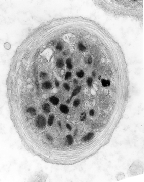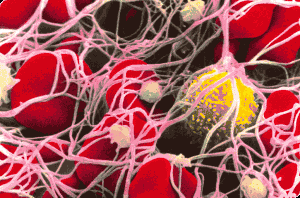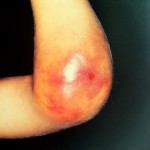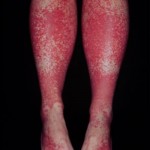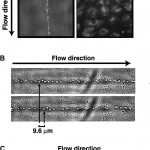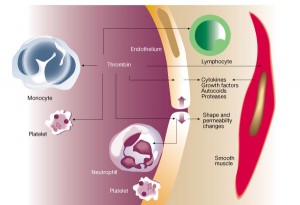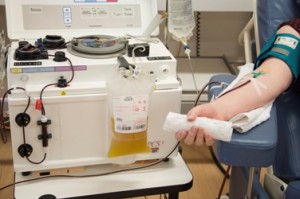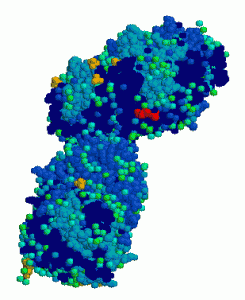Impact-R in the Diagnosis of d-SPD
Monday, January 9th, 2012Impact-R is a cone and plate analyzer which tests platelet function under arterial flow conditions. It can detect defects in platelet adhesion, extension and aggregation such as can be seen in platelet storage pool diseases like a-SPD and s-SPD.
What is d-SPD?
Storage pool disease involving the dense granules was first described in 1972. On Wright-stained smears, the platelets are morphologically normal but are shown to lack d-granules on EM (electron microscopy). Since these granules are the storage sites for serotonin, ADP and ATP, their lack also means a lack of the said substances. ADP and ATP are enhancers of platelet aggregation by activation of more platelets which in turn release their dense granule substances and recruit more platelets. Low levels of platelet ADP, ATP result in bleeding diathesis. Examples of bleeding are: easy bruising, epistaxis, post-surgical bleeding, heavy menstrual bleed.
Use of Impact-R in the Diagnosis of d-SPD
Recent studies of platelet adhesion under high-shear stress have been done on patients with d-SPD. One of these is the Impact-R machine. They show a reduced secondary wave of aggregation when stimulated by ADP, epinephrine or thrombin.
